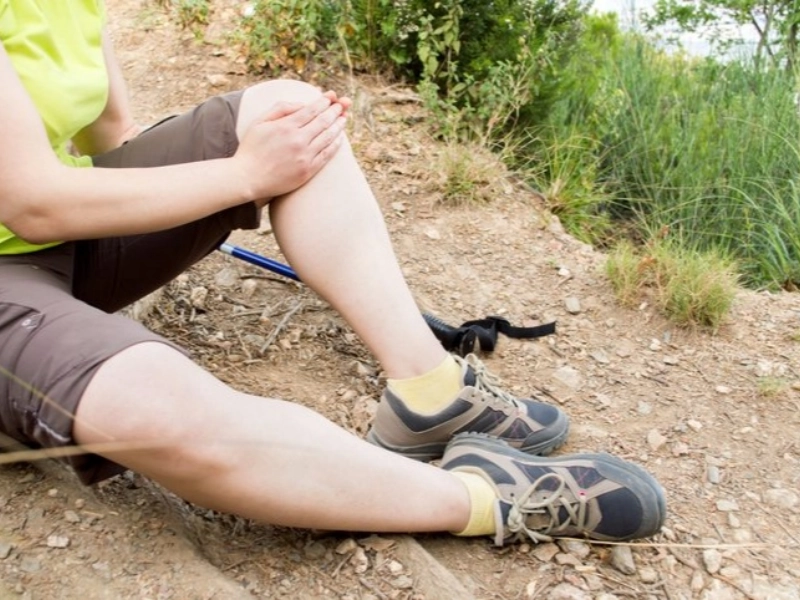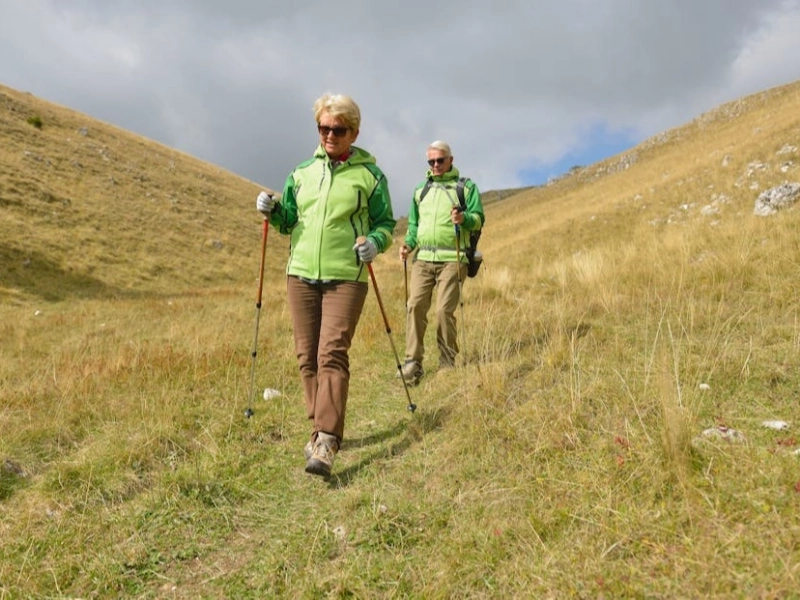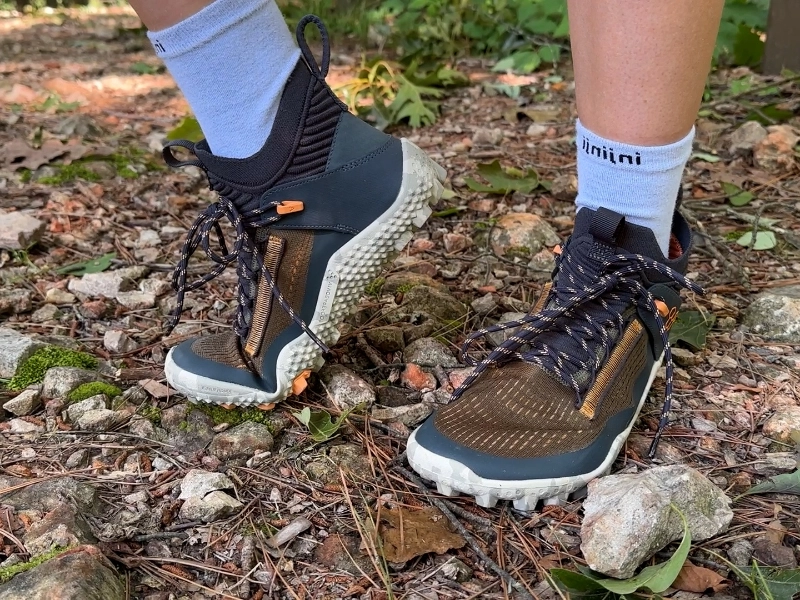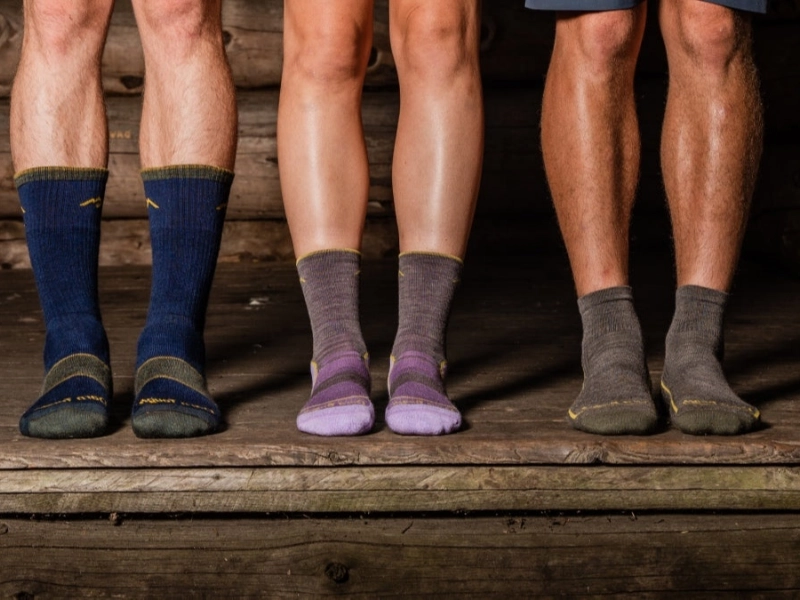Walking downhill is an excellent way to get a great cardio workout, but it can be hard on your muscles and joints. Many people develop iliotibial band friction syndrome while walking downhill, or have other pains. The main reason that walking downhill hurts is because it puts a lot of stress on the knee. We can reduce the impact by changing our gait pattern.

 Symptoms include dizziness, vertigo, and balance problems. They may also include tinnitus and fullness in the ear, and vision changes such as blurriness or difficulty focusing or concentrating. Vestibular disorders can be caused by injury, disease, or medication.
The vestibular system is a link between your inner ear and your brain. If a disease or injury damages this system, you may experience dizziness, difficulty with your balance, and other symptoms such as nausea or motion sickness.
Many people find that walking backwards downhill helps them maintain their balance and avoid dizziness. It is important to talk to your physiotherapist about this and other strategies to deal with vestibular issues. They can assess your symptoms and create a vestibular rehabilitation program to help you learn to live a life rebalanced. A vestibular disorder can be frustrating, but the right management plan will help you get on your way to feeling better again.
Symptoms include dizziness, vertigo, and balance problems. They may also include tinnitus and fullness in the ear, and vision changes such as blurriness or difficulty focusing or concentrating. Vestibular disorders can be caused by injury, disease, or medication.
The vestibular system is a link between your inner ear and your brain. If a disease or injury damages this system, you may experience dizziness, difficulty with your balance, and other symptoms such as nausea or motion sickness.
Many people find that walking backwards downhill helps them maintain their balance and avoid dizziness. It is important to talk to your physiotherapist about this and other strategies to deal with vestibular issues. They can assess your symptoms and create a vestibular rehabilitation program to help you learn to live a life rebalanced. A vestibular disorder can be frustrating, but the right management plan will help you get on your way to feeling better again.
 During downhill walking your feet hit the ground at an unnatural angle, which adds force to every step and puts extra pressure on your knee joints. This can result in muscles pain and stiffness, especially the day after hiking downhill.
Unlike walking on flat ground or uphill, when you walk downhill you are working with gravity rather than against it. This can take more energy than walking on level ground or uphill, and is not something that you can simply get used to.
When walking downhill you can prevent this pain and strain by changing your footing technique. The natural tendency to elongate the stride when walking downhill can help brake, but it can also cause your toes to bang into the toe box of your shoes which can lead to bruised and sore toes. To help you maintain control, stick to a straight posture and lean forward slightly. The more steep the slope, the more you will need to bend your knees.
During downhill walking your feet hit the ground at an unnatural angle, which adds force to every step and puts extra pressure on your knee joints. This can result in muscles pain and stiffness, especially the day after hiking downhill.
Unlike walking on flat ground or uphill, when you walk downhill you are working with gravity rather than against it. This can take more energy than walking on level ground or uphill, and is not something that you can simply get used to.
When walking downhill you can prevent this pain and strain by changing your footing technique. The natural tendency to elongate the stride when walking downhill can help brake, but it can also cause your toes to bang into the toe box of your shoes which can lead to bruised and sore toes. To help you maintain control, stick to a straight posture and lean forward slightly. The more steep the slope, the more you will need to bend your knees.
 Walking downhill requires a different set of muscles from walking uphill or on flat ground. When you walk downhill you are attempting to control your body weight against gravity and each step must be controlled to reduce the impact on your knees and skeleton.
During steep downhill sections it may be more difficult to control your balance. This can lead to a greater tendency to lean back which in turn puts more strain on the back, neck and core muscles. A good way to counteract this is by making sure to maintain a vertical posture and if you have the option to use trekking poles, do so.
It is also important to wear socks that fit well on your feet. A sock that is too loose will cause your toes to bang against the toe box of your shoes which can create friction and pain. You want a sock that is snug from heel to toe and doesn't shift in your shoes during your hike.
Walking downhill requires a different set of muscles from walking uphill or on flat ground. When you walk downhill you are attempting to control your body weight against gravity and each step must be controlled to reduce the impact on your knees and skeleton.
During steep downhill sections it may be more difficult to control your balance. This can lead to a greater tendency to lean back which in turn puts more strain on the back, neck and core muscles. A good way to counteract this is by making sure to maintain a vertical posture and if you have the option to use trekking poles, do so.
It is also important to wear socks that fit well on your feet. A sock that is too loose will cause your toes to bang against the toe box of your shoes which can create friction and pain. You want a sock that is snug from heel to toe and doesn't shift in your shoes during your hike.